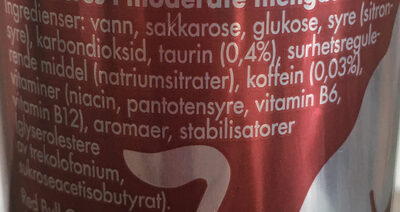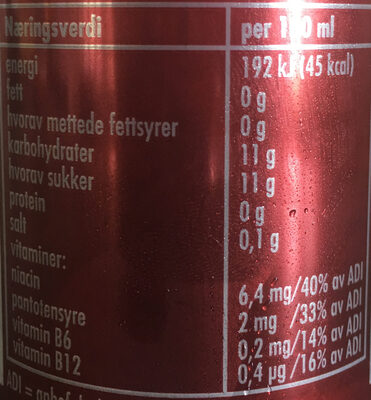The Peach Edition Ferskensmak - Red Bull - 250ml
This product page is not complete. You can help to complete it by editing it and adding more data from the photos we have, or by taking more photos using the app for Android or iPhone/iPad. Thank you!
×
Barcode: 90435843
Quantity: 250ml
Brands: Red Bull
Categories: Beverages, Energy drinks, Sweetened beverages
Stores: Joker
Countries where sold: Norway












